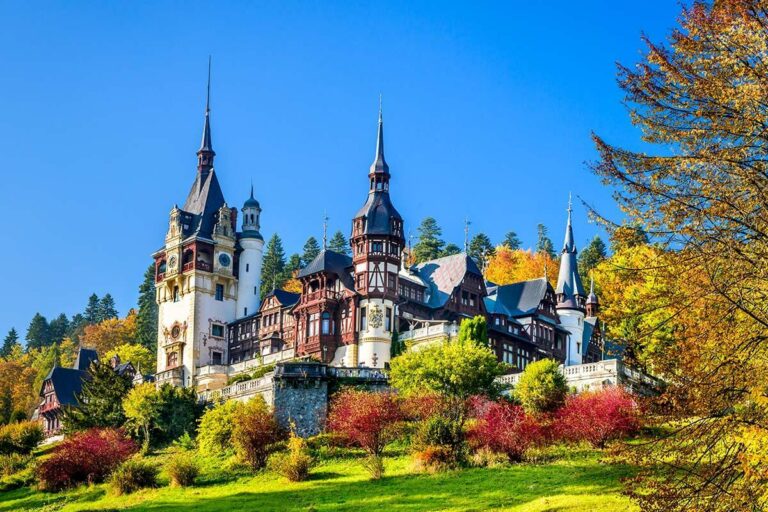Introduction: Romania’s Historical Context and Diverse Landscapes
Romania’s varied landscape and complex history have played a significant role in shaping its cuisine. Located at the crossroads of Eastern and Central Europe, Romania’s cuisine has been shaped by the influences of various empires and neighboring countries, as well as the country’s diverse topography, which includes mountains, forests, coastlines, and plains.
The Influence of Various Empires on Romanian Cuisine
Romania’s cuisine has been influenced by various empires throughout history, including the Ottoman Empire, which introduced ingredients such as lamb, yogurt, and various spices. The Austro-Hungarian Empire also left its mark on Romanian cuisine, bringing dishes like schnitzel and strudel. Similarly, the influence of neighboring countries such as Bulgaria, Serbia, and Ukraine can be seen in dishes like sarmale (stuffed cabbage rolls) and mici (grilled minced meat rolls).
Regional Foods: Reflecting Romania’s Diverse Landscapes
Romania’s diverse landscape is reflected in the country’s regional foods. For example, in the mountainous regions, dishes like sarmale and mici are often served with polenta and smoked meats, while in the coastal regions, seafood dishes like grilled fish and ciorba de peste (fish soup) are more common. In the fertile plains of the Danube River, dishes like paprikash (chicken or pork stew) and goulash (meat stew with potatoes and vegetables) are popular.
Traditional Dishes and their Cultural Significance
Many traditional Romanian dishes have cultural significance. For example, sarmale is often served during the Christmas holidays and other special occasions, while mici are a popular street food snack. Other traditional dishes like mămăligă (a type of polenta) and ciorbă (a sour soup made with meat and vegetables) are staples of everyday Romanian cuisine.
The Role of Agriculture in Romanian Cuisine
Agriculture has played a significant role in Romanian cuisine, with many dishes featuring locally grown ingredients like potatoes, corn, and cabbage. Dairy products like cheese and yogurt are also important components of Romanian cuisine, with many small-scale farmers producing artisanal cheeses and yogurt.
Modern Romanian Cuisine: Blending Tradition with Innovation
In recent years, Romanian cuisine has undergone a revival, with chefs and home cooks alike blending traditional flavors and techniques with modern cooking methods and global ingredients. This has led to the emergence of a new wave of Romanian cuisine, characterized by innovative dishes like foie gras with polenta and truffles, and duck breast with cherry sauce. However, traditional dishes like sarmale and ciorbă remain popular, and continue to be an important part of Romania’s rich culinary heritage.

